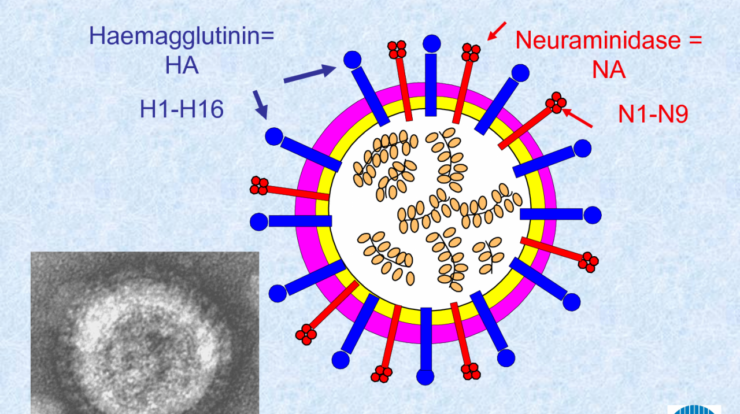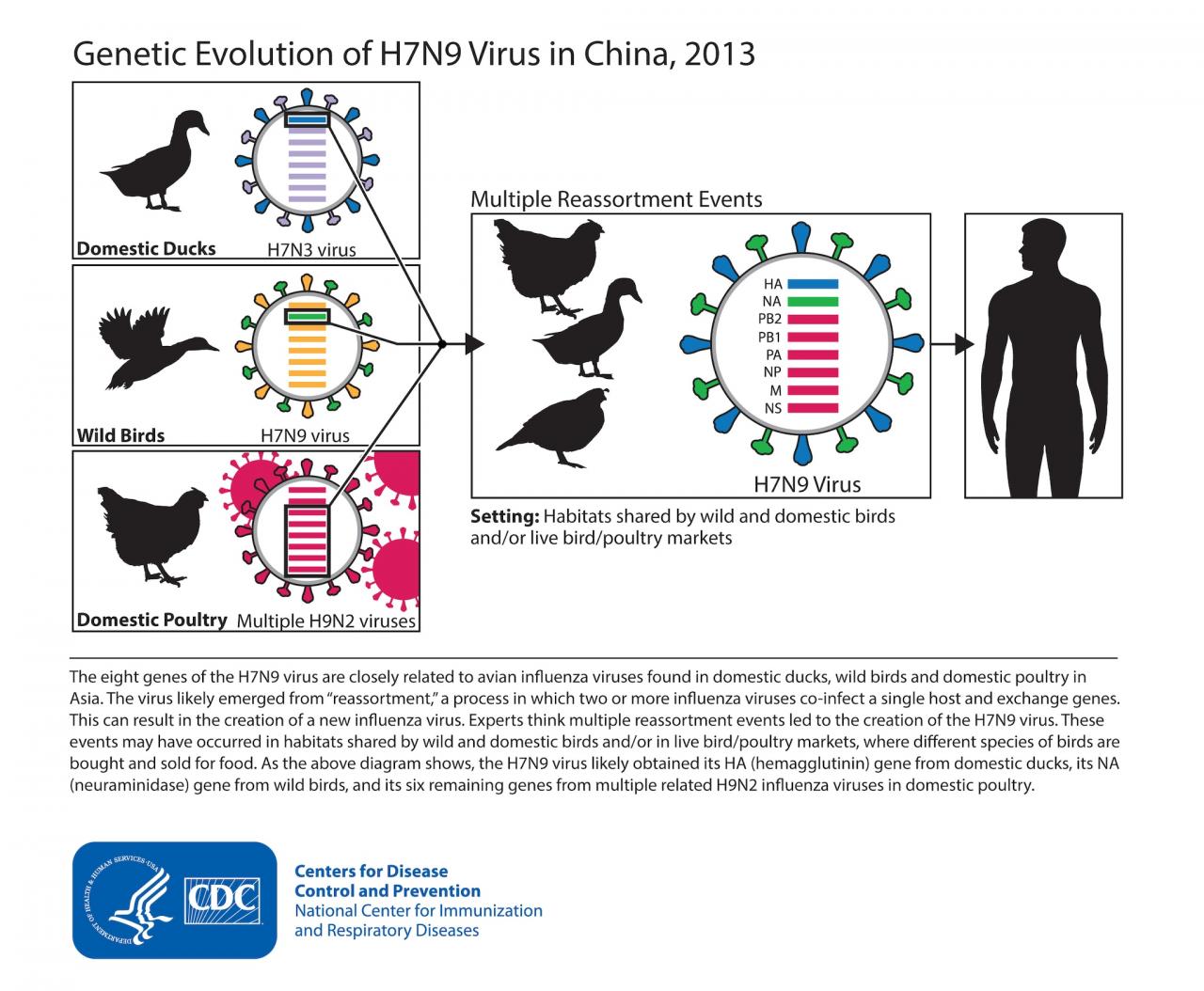
H7N9, an avian influenza virus, has emerged as a significant public health concern. Its unique characteristics and potential impact warrant a thorough understanding. This guide delves into the nature, transmission, diagnosis, treatment, and preventive measures associated with H7N9, providing a comprehensive overview for readers seeking knowledge on this crucial topic.
As the virus continues to evolve, ongoing research efforts play a vital role in unraveling its complexities and informing future strategies for control and mitigation.
H7N9 Virus Overview

The H7N9 virus is a subtype of the influenza A virus that has caused sporadic outbreaks in humans, primarily in China. It was first identified in 2013 and has since become a significant public health concern due to its potential for severe disease and its ability to adapt and mutate.
The H7N9 virus is believed to have originated from avian influenza viruses that circulate in poultry. It has undergone genetic changes that have allowed it to infect humans and cause disease. The virus has a complex genetic structure, and its mutations are closely monitored to track its evolution and potential impact on human health.
H7N9 Transmission and Infection
The H7N9 virus is primarily transmitted from infected poultry to humans through direct contact with infected birds or their secretions. It can also be transmitted through contact with contaminated surfaces or objects. Human-to-human transmission of H7N9 is rare but has been documented in close contacts of infected individuals.
The incubation period for H7N9 infection is typically 2-7 days. Symptoms of infection can range from mild to severe and may include fever, cough, sore throat, muscle aches, and fatigue. In severe cases, H7N9 infection can lead to pneumonia, acute respiratory distress syndrome (ARDS), and even death.
Risk factors for H7N9 infection include exposure to live poultry, working in poultry markets, and close contact with infected individuals. People with underlying health conditions, such as chronic respiratory disease or immunosuppression, are at increased risk of severe disease.
H7N9 Pathogenesis and Clinical Manifestations
The H7N9 virus infects cells in the respiratory tract, primarily in the lungs. It replicates within the cells and causes inflammation and tissue damage. The virus can also spread to other organs, such as the heart, brain, and kidneys, leading to severe complications.
The clinical spectrum of H7N9 infection is wide, ranging from mild upper respiratory tract symptoms to severe pneumonia and multi-organ failure. Severe cases of H7N9 infection are characterized by high fever, difficulty breathing, and rapid disease progression. The mortality rate for H7N9 infection is approximately 30-40% in hospitalized patients.
H7N9 Diagnosis and Treatment
Diagnosis of H7N9 infection is typically based on clinical symptoms and laboratory testing. Reverse transcription polymerase chain reaction (RT-PCR) is the preferred method for detecting the virus in respiratory specimens. Other diagnostic tests, such as serological assays, can also be used to confirm infection.
Treatment for H7N9 infection involves antiviral medications, such as oseltamivir and zanamivir. These medications are most effective when started early in the course of the illness. Supportive care, such as oxygen therapy and mechanical ventilation, may also be necessary in severe cases.
Challenges in H7N9 treatment include the emergence of antiviral resistance and the lack of a specific vaccine. Research is ongoing to develop more effective antiviral therapies and vaccines against H7N9.
H7N9 Prevention and Control Measures
Prevention of H7N9 infection involves reducing contact with infected poultry and their secretions. This includes avoiding live poultry markets, practicing good hygiene, and wearing personal protective equipment when handling poultry or working in poultry-related industries.
Surveillance, quarantine, and isolation measures are essential for controlling H7N9 outbreaks. Infected individuals should be isolated to prevent transmission to others. Close contacts of infected individuals should be monitored for symptoms and tested if necessary.
Vaccination is an important tool for preventing H7N9 infection in high-risk populations. Several H7N9 vaccines have been developed, and they have shown promising results in clinical trials. However, these vaccines are not widely available, and their long-term effectiveness against evolving strains of the virus remains to be determined.
H7N9 Impact and Research Directions
H7N9 outbreaks have had a significant socioeconomic impact, particularly in China. The outbreaks have led to the culling of poultry, disruptions in the poultry industry, and economic losses. The virus has also raised concerns about the potential for a global pandemic.
Research efforts on H7N9 are focused on understanding the virus’s evolution, developing more effective antiviral therapies and vaccines, and improving surveillance and control measures. Researchers are also studying the potential for H7N9 to adapt to humans and become more transmissible and virulent.
Continued research is essential to mitigate the threat posed by H7N9 and to prepare for future outbreaks. By understanding the virus and developing effective prevention and control strategies, we can reduce the risk of H7N9 infection and protect public health.
Outcome Summary: H7n9

In conclusion, H7N9 remains a dynamic and challenging virus that requires continued surveillance, research, and collaborative efforts. By understanding its characteristics, transmission patterns, and available interventions, we can effectively mitigate its impact and protect public health.








